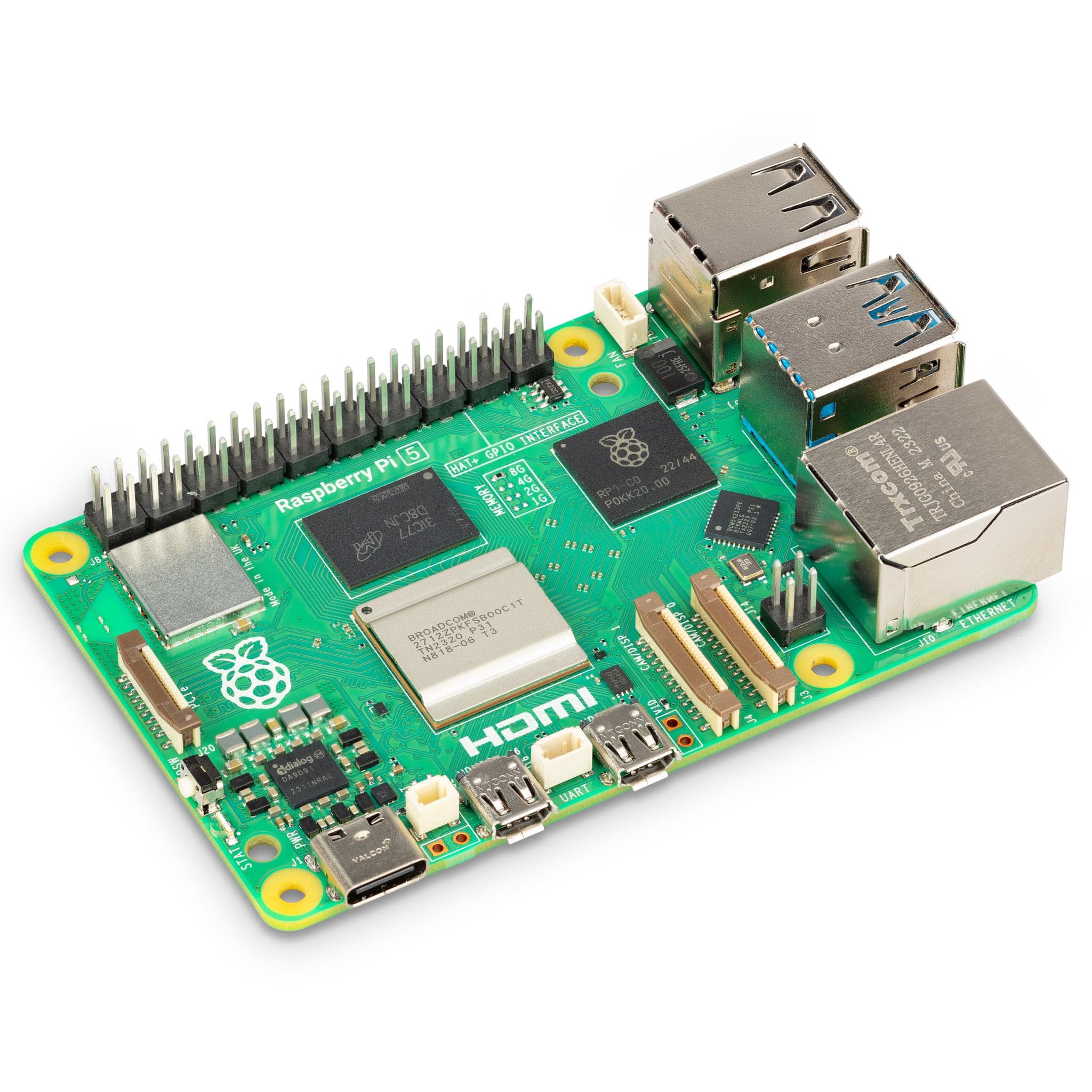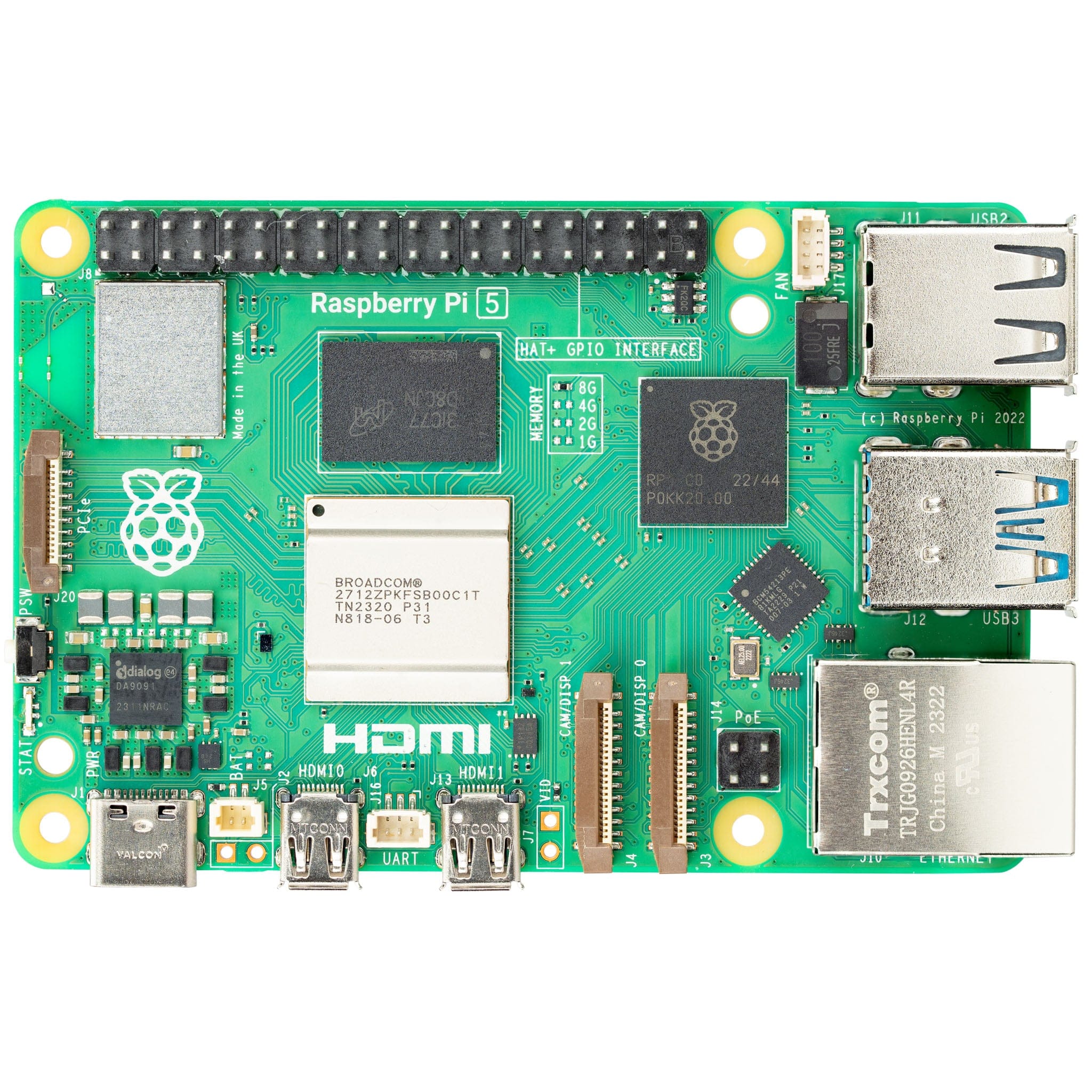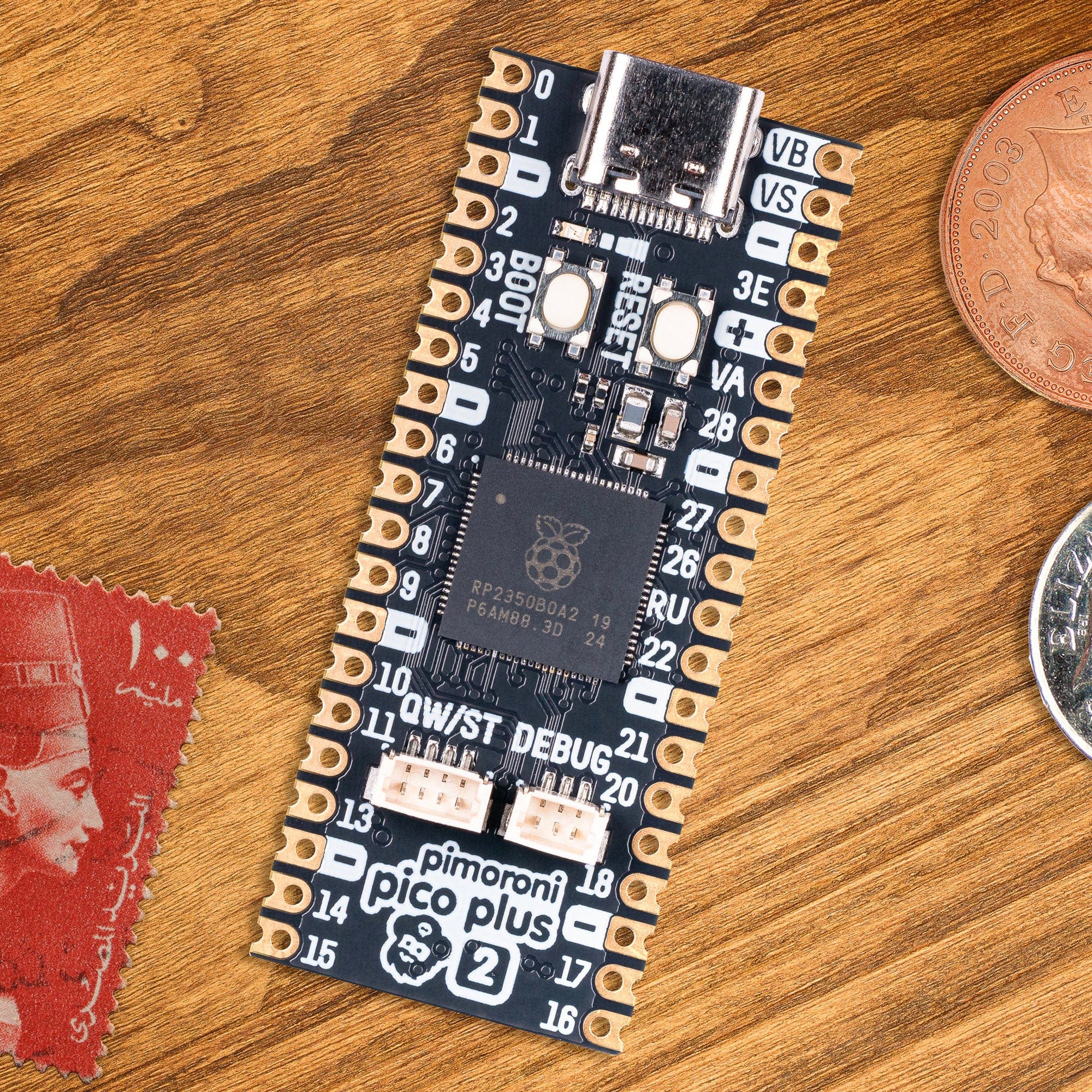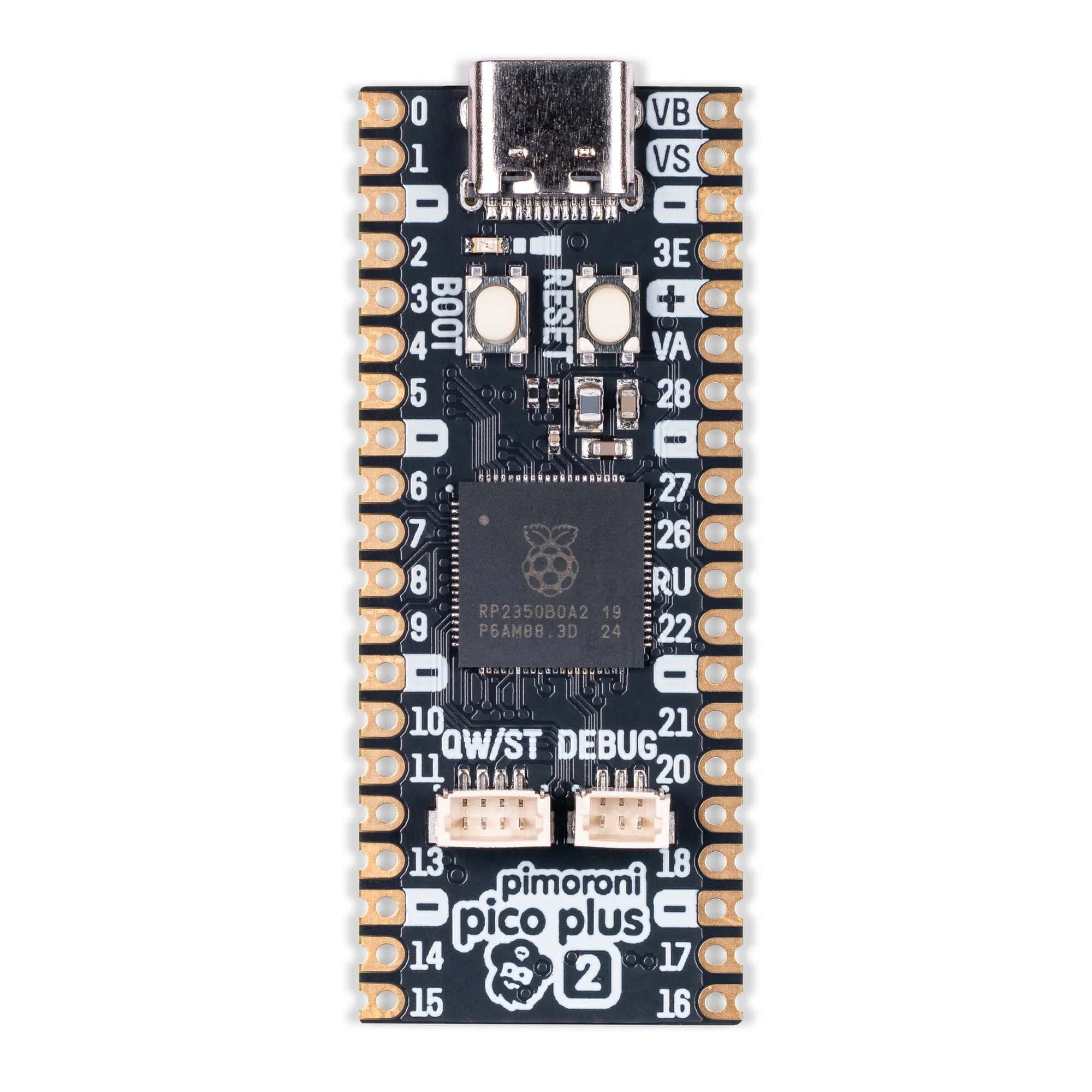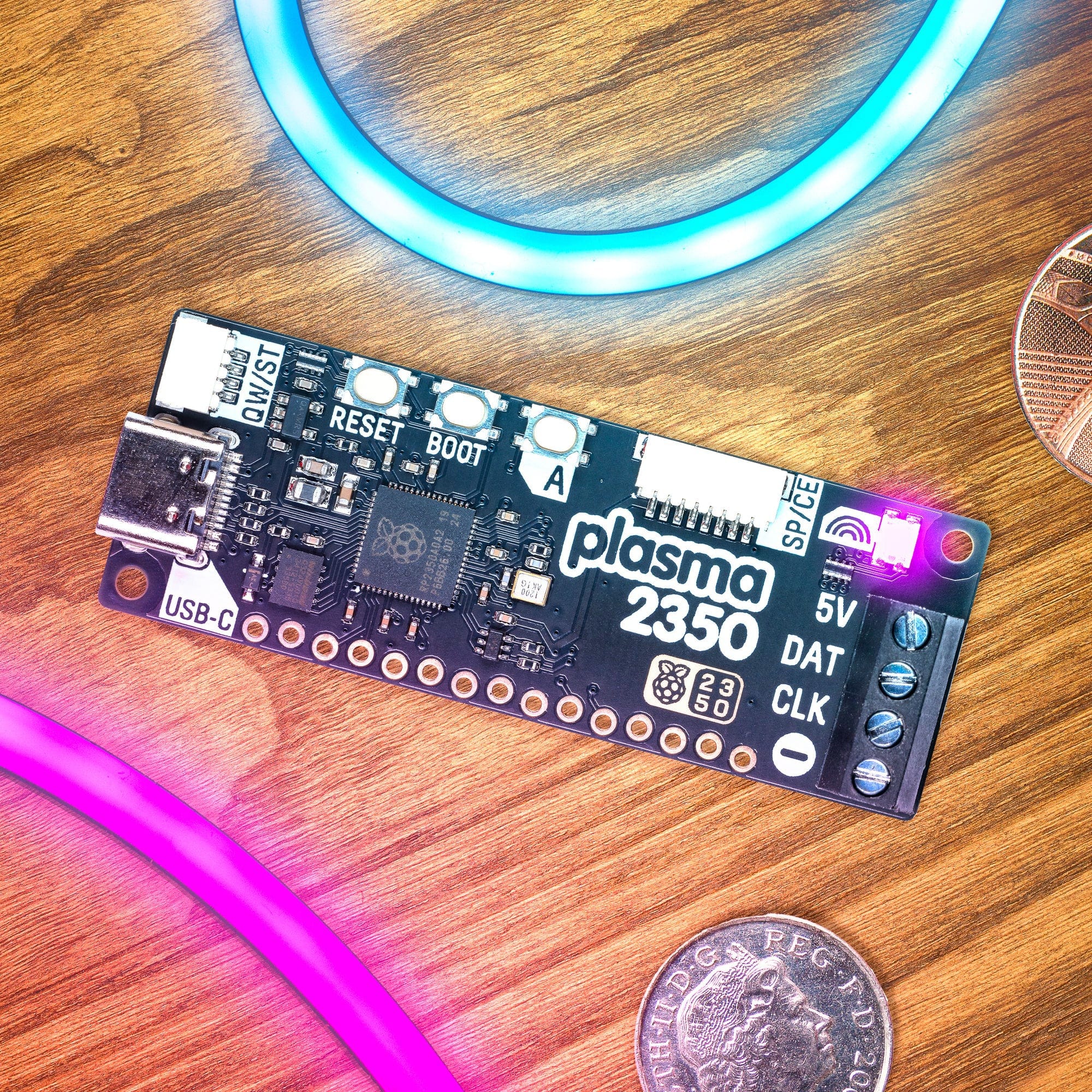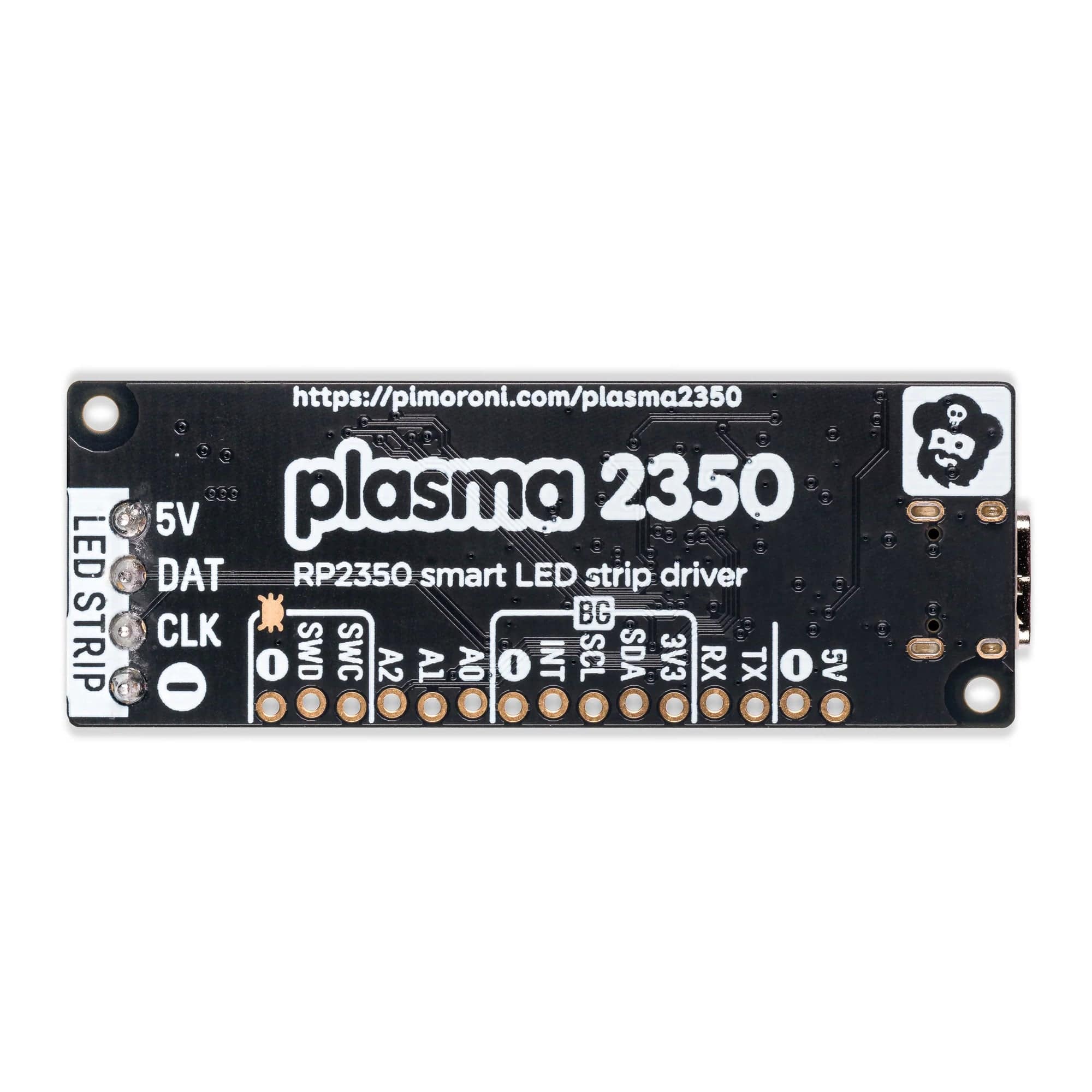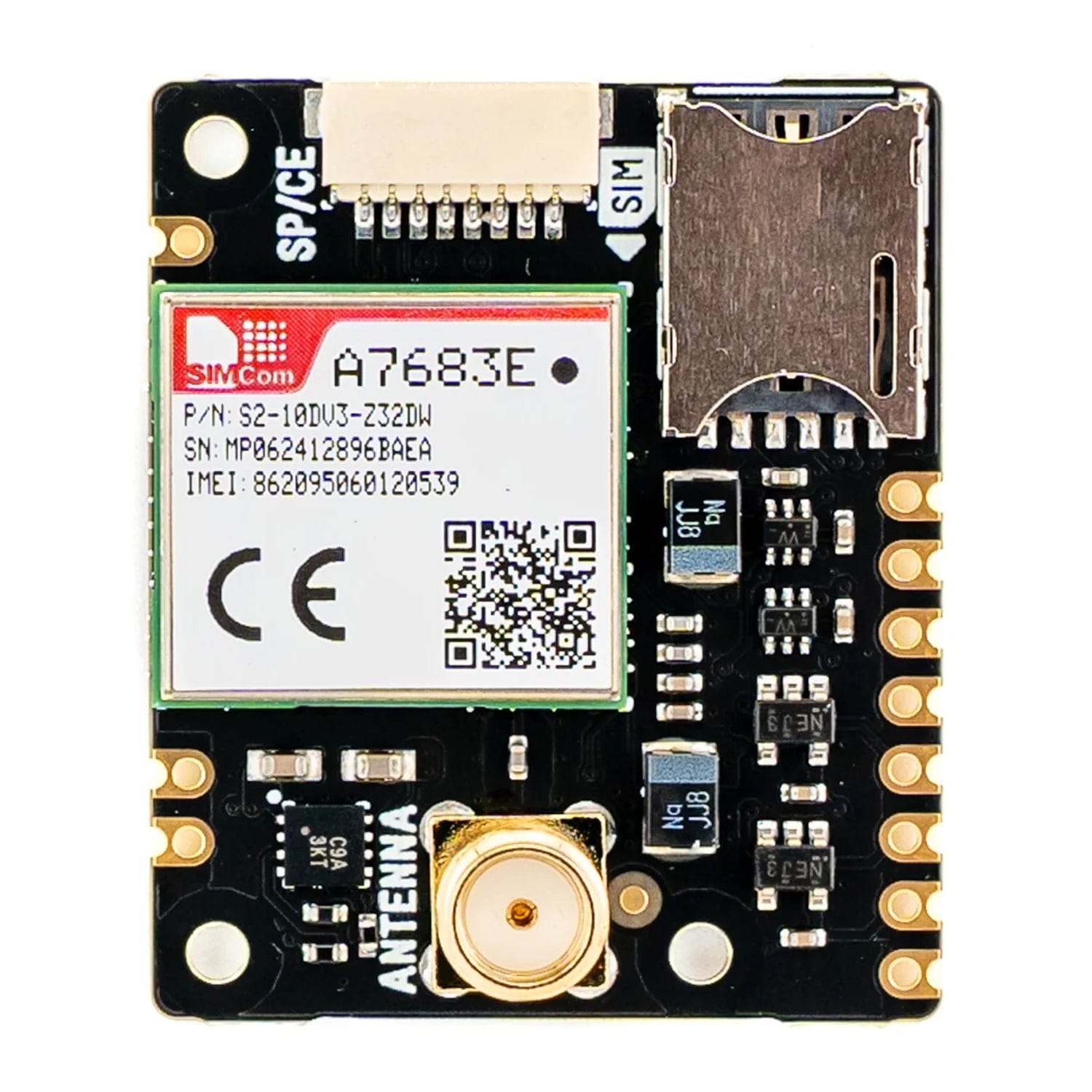
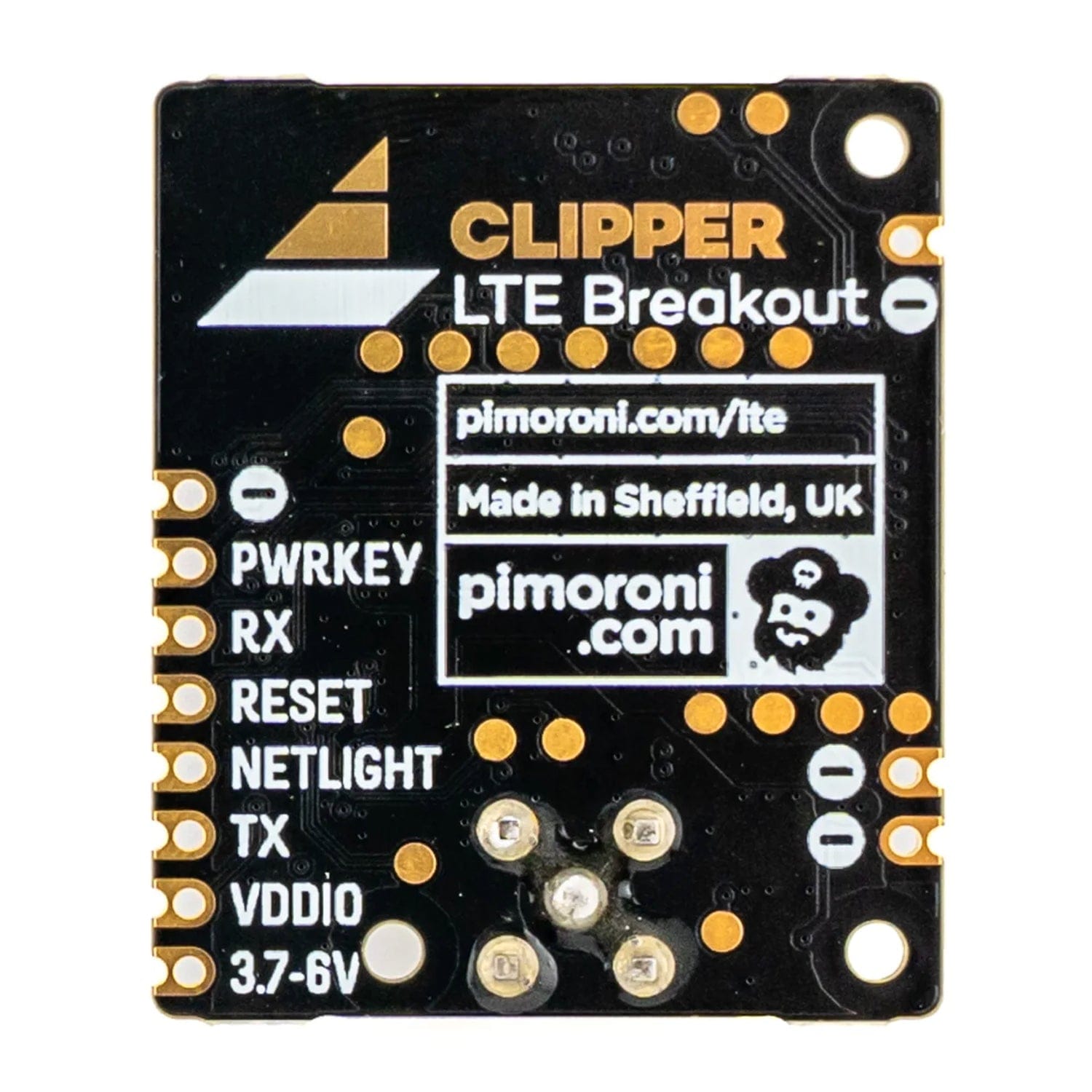
Login / Signup
Cart
Your cart is empty
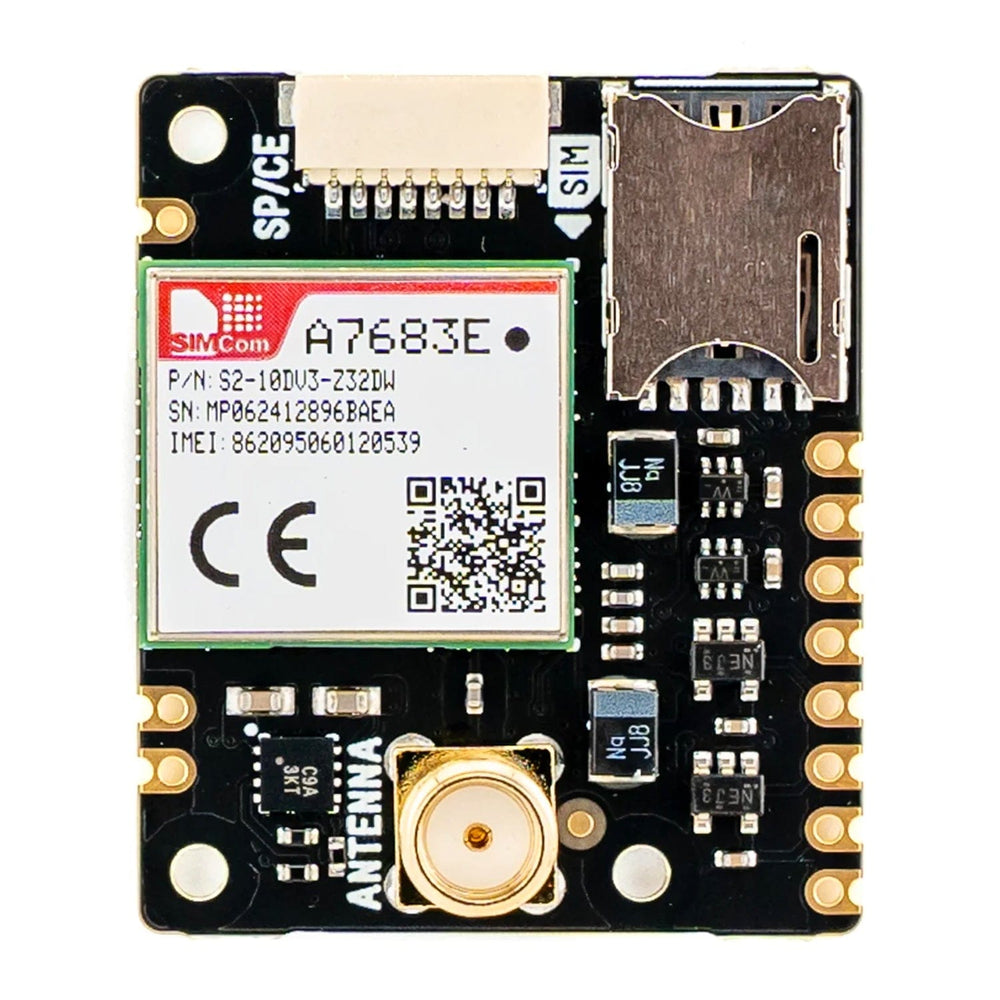
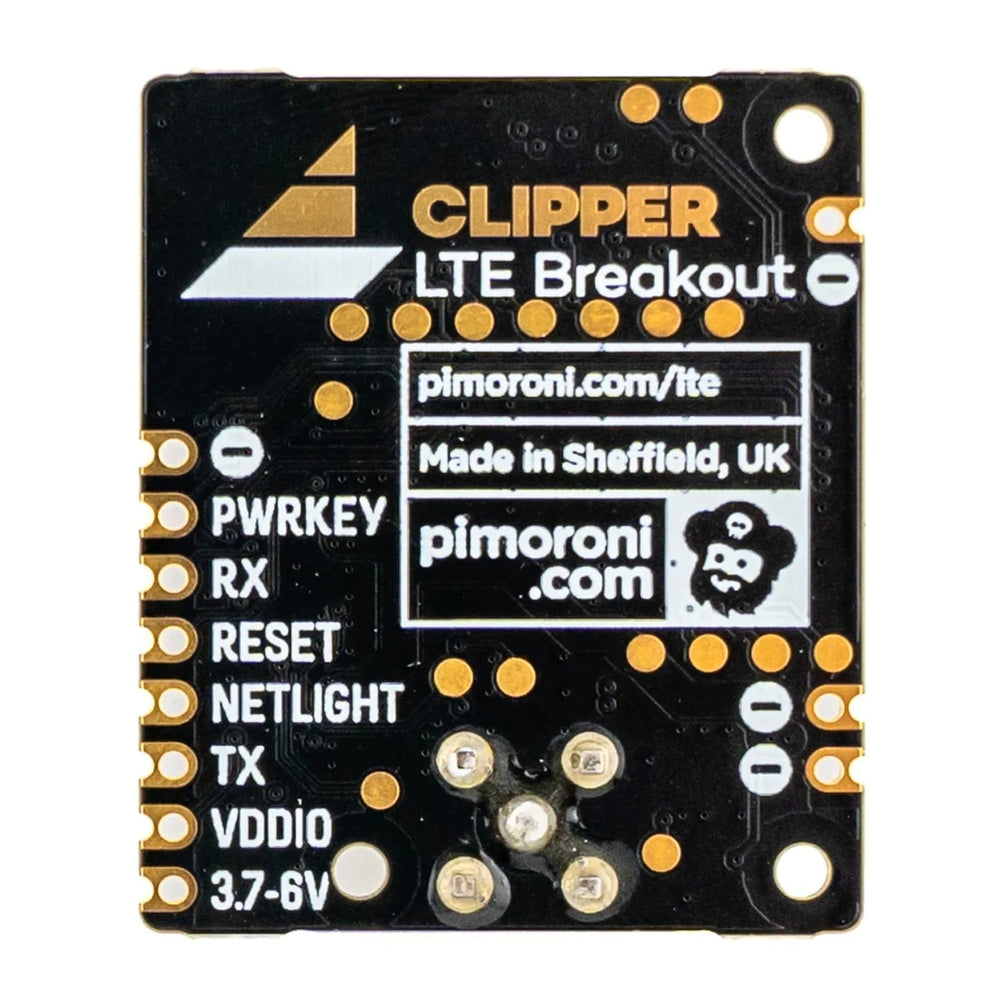
WiFi is great, but sometimes you want your connected project to just work, wherever in the world it is. Perhaps you're going to a festival and don't know if there will be wireless connectivity to control your weird LED art installation. Maybe you're trying to get the tech in your shed to talk to your home automation software, but the range of your wireless router won't quite reach. Possibly you're attaching sensors to a distant beehive, canal boat, bicycle or other object with a remote or transient location.
Hooking your microcontroller up to mobile data could be your solution! Typically, transmitting sensor readings from or commands to microcontrollers doesn't consume much data compared to the needs of modern smartphones, so a small amount of pay-as-you-go data used like this goes a long way.
Clipper has an SP/CE connector on board - this means you can connect it easily to any SP/CE compatible microcontroller or add-on using a handy cable (of course, there are also pads if you'd prefer to solder wires to it). Click here to view all things SP/CE!
It also has an SMA connector for attaching an antenna. Cables and antennae are sold separately, or you can pick up a kit which includes them - just add a microcontroller!
There is also a Starter Kit available to give you what you need to get going! Please choose which option you want before adding to your cart!
The 4G LTE module on Clipper supports the following frequency bands:
B1/B3/B5/B7/B8/B20/B28
If you're planning on using the breakout outside of Europe we'd suggest first checking your local carriers offer 4G LTE on these bands. Networks in North America in particular only use a couple of these frequency bands, and so coverage may be limited.
You can use Clipper with Raspberry Pi Pico (or other RP2040 or RP2350-based microcontrollers) using our custom MicroPython build, which has (experimental) LTE support built-in:
You can also use it with a Raspberry Pi computer (if you wire it up to the correct pins) using Pi OS's built-in `ppp` library - we found the article below helpful when setting it up:



